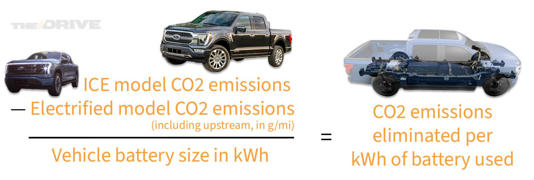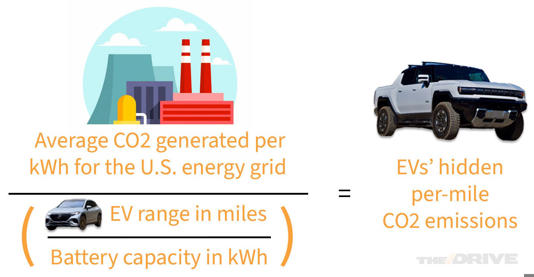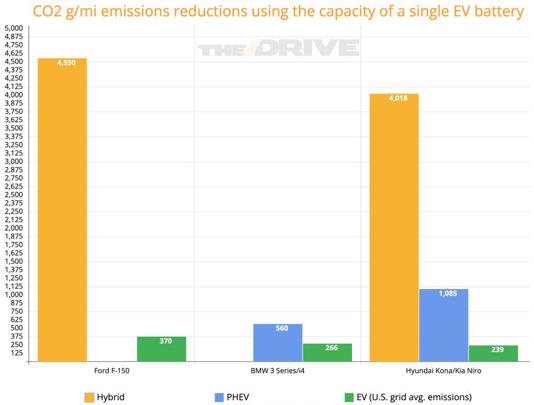States Planning to Ban Gas-Powered Cars in the Next 5 Years.
They can talk all they want and pass the silly laws. Reality says it’s not going to happen.
California is spearheading this initiative by banning the sale of new gas-powered cars by 2035, aiming to cut tailpipe emissions and promote the adoption of electric and plug-in hybrid vehicles. This landmark move, endorsed by the California Air Resources Board in August 2022, mandates that all new cars, SUVs, and pickup trucks sold in the state must produce zero tailpipe emissions by 2035.
Following California’s lead, at least 10 other states have announced plans to implement similar bans, with some aligning their standards with California’s ambitious goals. The Advanced Clean Cars II rule sets a progressive roadmap, requiring zero-emission vehicles to constitute 35% of new cars and light trucks by 2026, 68% by 2030, and 100% by 2035. This collective effort marks a significant step towards a cleaner, more sustainable future for transportation across the U.S. These are the states planning to ban gas-powered cars in the next 5 years.
Delaware
Delaware is gearing up to embrace a cleaner future. In April 2023, Secretary Shawn Garvin of the Department of Natural Resources and Environmental Control announced a major shift: Delaware will mirror California’s regulations banning gas-powered vehicles.
Maine
Maine is eyeing a future free of gas-powered vehicles. In May 2023, a civilian petition pushed the legislature to consider the Advanced Clean Cars II standards.
Maryland
In March 2023, Maryland’s Governor Wes Moore declared that the state would join the ranks of those banning gas-powered vehicles by 2035. Citing public health benefits, Moore highlighted that adopting the Advanced Clean Cars II regulations could save nearly $40 million each year by reducing productivity losses from respiratory and cardiovascular diseases.
Massachusetts
Massachusetts wasted no time in going green. As an early adopter of California’s Advanced Clean Cars II legislation, the state has a trigger law that automatically aligns with California’s emissions policies.
Since August 2022, Massachusetts has been on track to phase out gas-powered vehicles by 2035. This proactive approach underscores the state’s commitment to reducing emissions and embracing sustainable transportation solutions, setting a clear path for a cleaner future.
Rhode Island
Rhode Island joined the clean car movement in May 2023, becoming the eighth state to leverage Section 177 of the Clean Air Act to ban gas-powered vehicles. Governor Dan McKee emphasized that the Advanced Clean Cars II regulations are crucial for reducing smog and advancing environmental justice.
New Jersey
New Jersey is stepping up its environmental game. In March 2023, Governor Phil Murphy signed executive orders to fast-track a ban on gas-powered car sales by 2035, making New Jersey the sixth state to utilize Section 177 of the Clean Air Act for this purpose.
New York
New York is charging ahead with its green agenda. In September 2022, Governor Kathy Hochul launched a legislative effort to ban gas-powered vehicles by 2035.
Oregon
In December 2022, Oregon’s Environmental Quality Commission cast a pivotal vote to phase out gas-powered vehicle sales by 2035. Following in the footsteps of California, Massachusetts, Washington, and New York, Oregon became the fifth state to embrace the Advanced Clean Cars II regulations.
Pennsylvania
Pennsylvania is on track to follow California’s lead, with lawmakers set to adopt the Advanced Clean Cars II regulations.
Although specific details on how these regulations will be tailored for Pennsylvania are still under wraps, the move signals the state’s commitment to aligning with stringent emissions standards and promoting a greener automotive future.
Vermont
In November 2022, Vermont took a significant step toward cleaner transportation by approving new requirements mandating that all new cars sold in the state be zero-emission by 2030.











